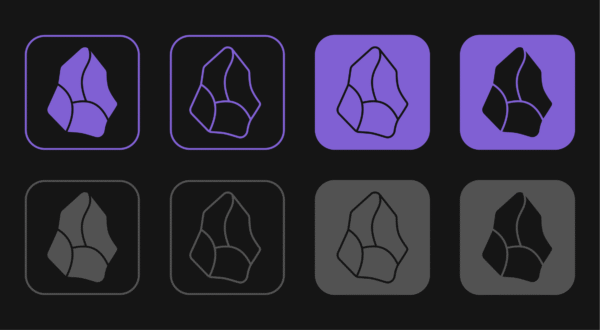The most important advice I’ve ever ignored is that of book outlining. The idea is, before writing that book, build a solid outline of each chapter and the ultimate flow of your book. It’s great idea in practice. But…
As I was merrily Facebook’ing, the site redirected to a big, awful, center-page modal that loudly proclaimed WE HAVE SUSPENDED YOUR ACCOUNT. The abruptness of this immediately had me thinking it was some sort of redirect injection or at least some kind of malware. There’s no way Facebook just chops off longtime accounts like this, right? Wrong.
Remote access is something of an occasional tool for most people. They might use it to help mom find that website, but for us in I.T., this is a fundamental tool, nearly as important as a web browser or a file manager. I’ve written about other tools, such as Logmein, that abandoned it’s free users, […]
You want to install Zima OS, but want to try it in a virtual machine first. More specifically, in a Vmware Workstation virtual machine. I looked for more out there, and couldn’t find much in a Google search – I think some of that has to do with prior versions of ZimaOS (at least 1.0) […]
An article on 404 Media had me thinking about the state of trust in society today. The article describes software landlords are using the U.S. that forces prospective tenants to offer login credentials (or pass through a login) into business systems so that tenant’s pay can be verified…
TL;DR: I came across a new notes/text tool, it’s great and I’m genuinely surprised I hadn’t seen it before today. If you haven’t, take a look at it. So, this is crazy, I found something new and I love it. It’s a generally free text editor that supports the Markdown standard. This is no paid […]
Perhaps one thing that never gets shared in the aspirational and pefectional universe of social media is that staring at a blank screen is hard. Returning to something like writing when you’ve been away for a while is hard.
I don’t often talk entertainment, but this show had me interested solely for its reaction. July 1st marked the final release of Ironheart, a Marvel TV show streamed on Disney+. One might call this show “beleaguered,” but wow, that would be an incredible understatement.
A look at a Doug Ford take-down book to understand the overall arguments against this government.
A recent announcement dropped from Plex. It seemed to fly under the radar for a few days until I came across it on Tik Tok (of all places). The most important of these changes will be in effect on April 29th, 2025. The biggest part of this announcement is that people watching videos on your […]











